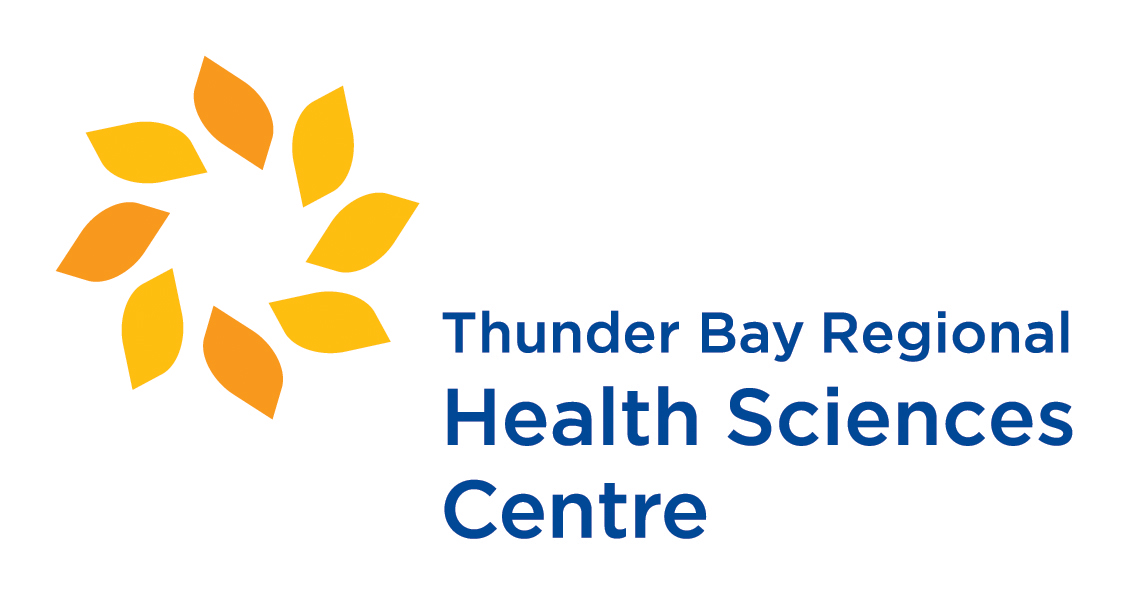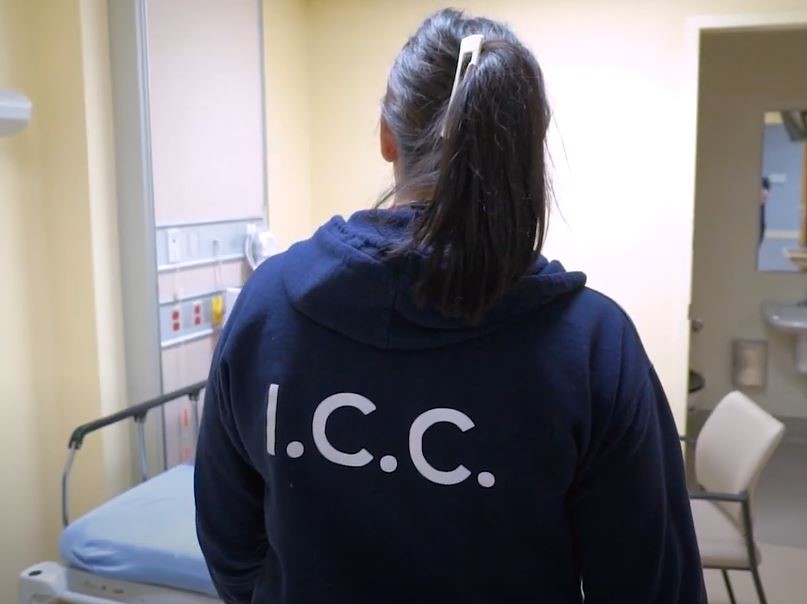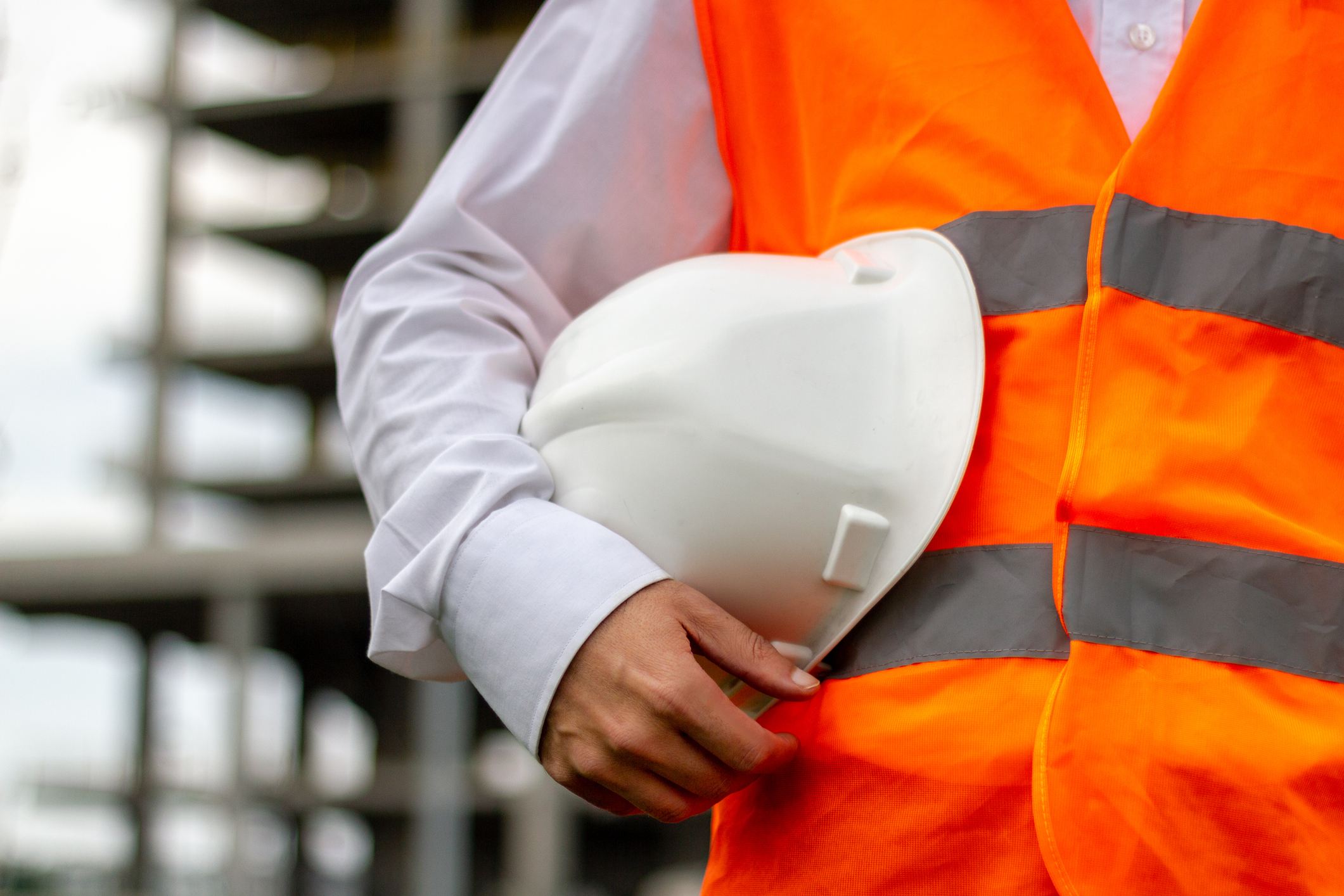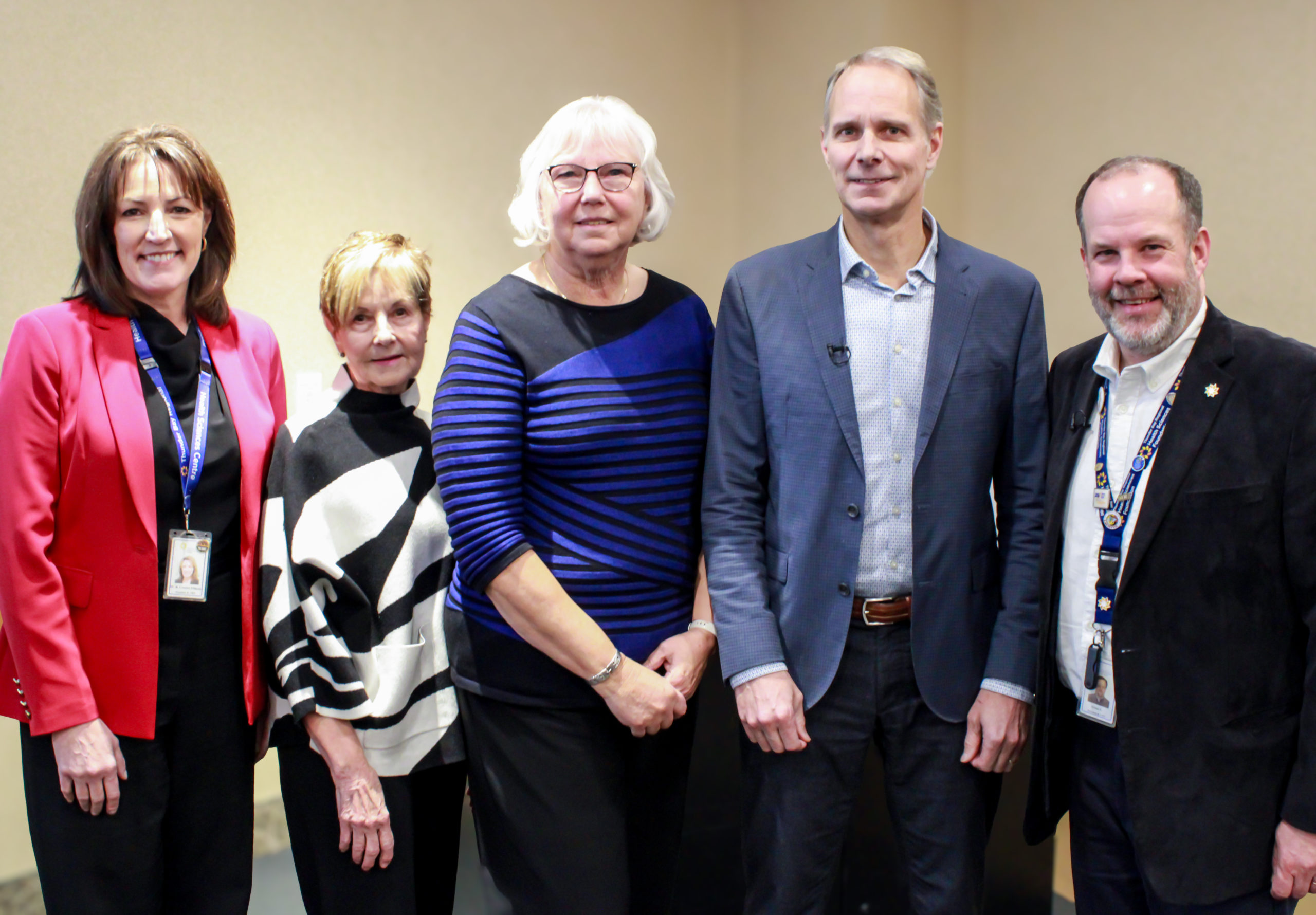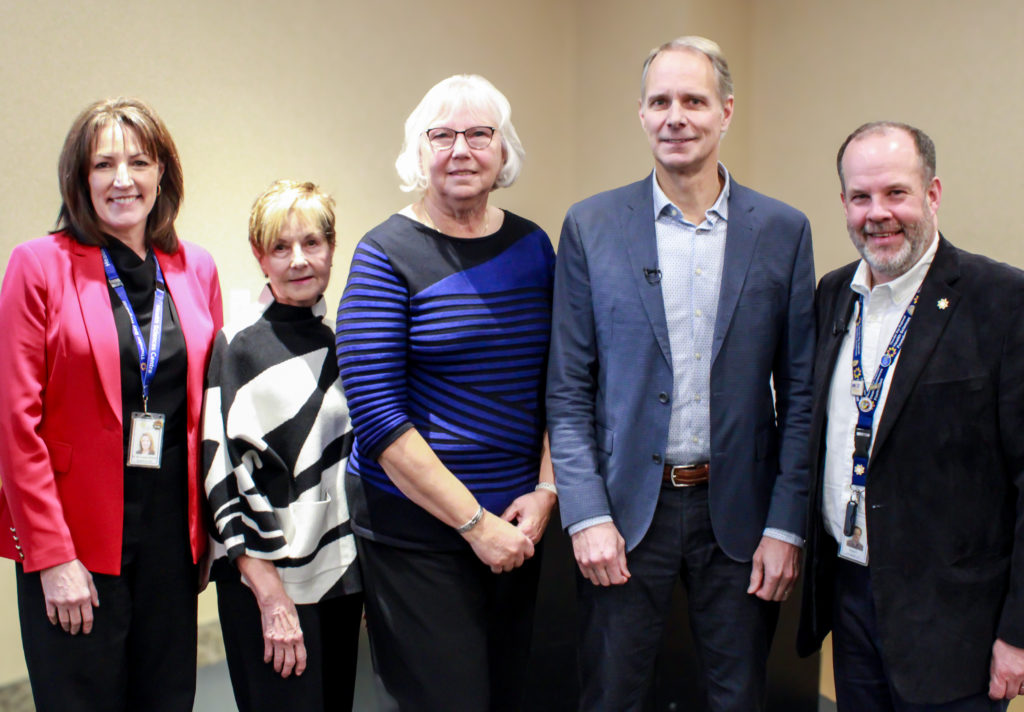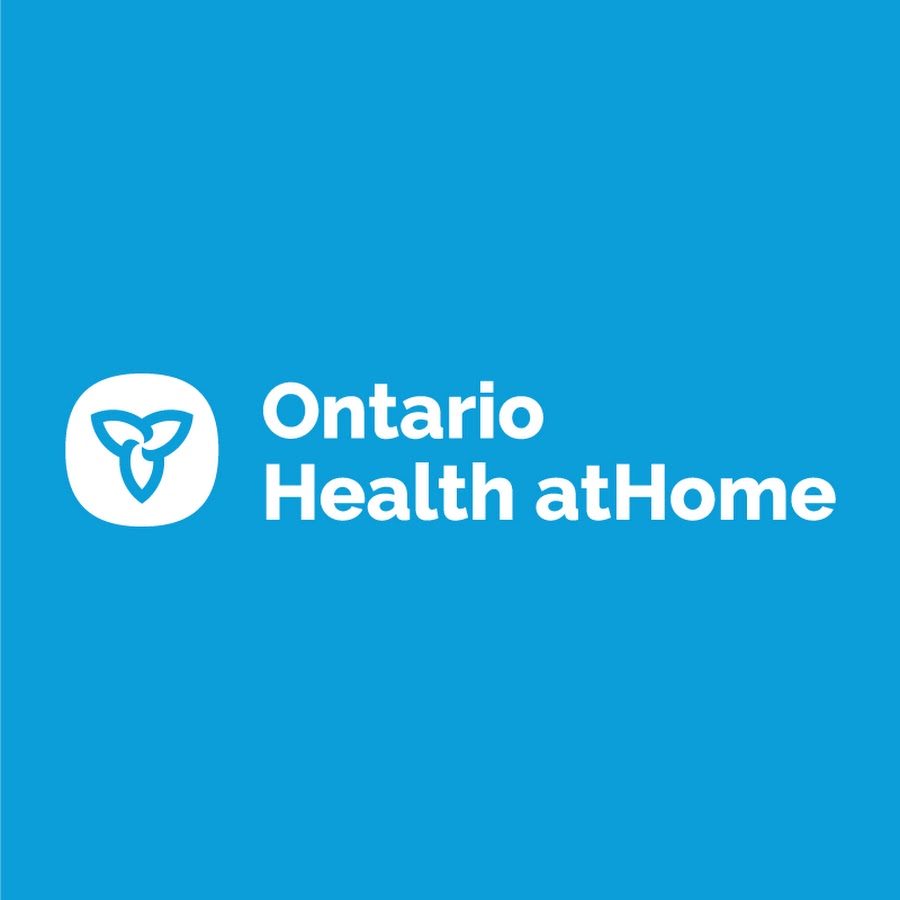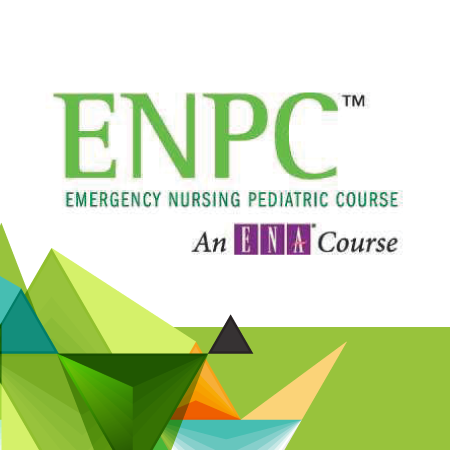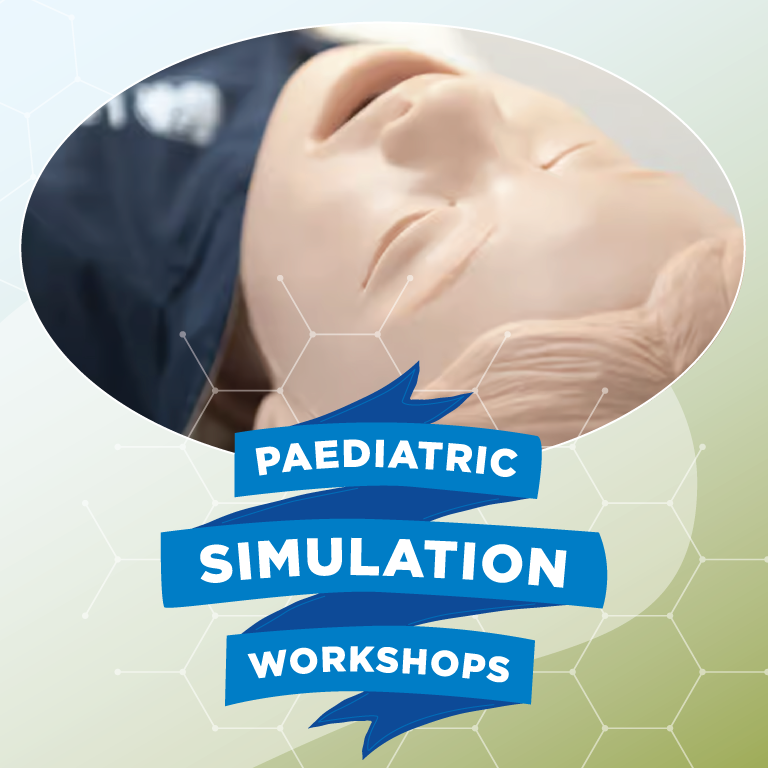Shared on behalf of Paula Vangel, Manager, Indigenous Collaboration, Equity & Inclusion
I am pleased to announce that Martina White, Tarra Baker, Cheyenne Spence, and Phyllis Howe have accepted the Full-Time Indigenous Care Coordinator (ICC) positions, and Lexxi Saarinen and Savanna Boucher have accepted the Part-Time ICC positions.
We are thrilled to have Martina White continue in her ICC role supporting inpatient areas, now transitioning from temporary to permanent.
Tarra Baker joins the ICC team after nearly nine years as a Rehab Assistant in the Rehabilitation Services Department. With a Kinesiology Degree from Lakehead University, she brings strong experience in patient and family centered care and functional rehabilitation. Beginning January 12, 2026, Tarra will provide dedicated support to the Women & Children’s Department, contributing to the advancement of culturally safer care for Indigenous Peoples.
Cheyenne Spence will transition to the ICC team on January 12, 2026, after six years as a Registered Nurse in the Emergency Department. Cheyenne is a strong advocate for Indigenous health equity who has championed culturally safer care and strengthened relationships with Indigenous patients and communities. She will continue to support the Emergency Department in her new role.
Phyllis Howe, a recent graduate of the Practical Nursing program at Oshki-Pimache-O-Win Education and Training Institute, brings experience in community-level Home and Community Care through Keewaytinook Okimakanak and coordination with Jordan’s Principle. Fluent in Ojibwe and dedicated to equitable healthcare access for Indigenous Peoples, Phyllis will support the Emergency Department beginning January 12, 2026.
Lexxi Saarinen joined the team on November 3, 2025. A Registered Practical Nurse currently completing her BScN at Lakehead University, she has provided both inpatient care at TBRHSC and public health nursing in remote First Nation communities through Sioux Lookout First Nations Health Authority. Lexxi is a strong advocate for culturally safer, equitable care and will support the Emergency Department in her ICC role.
Savanna Boucher transitioned to part-time on November 17, 2025. A dedicated advocate for Indigenous health and culturally safer care, Savanna will support the Emergency Department, strengthening relationships with Indigenous patients and families through her compassionate supports.
As ICCs, Martina, Cheyenne, Phyllis, Tarra, Lexxi, and Savanna will report to the Manager, Indigenous Collaboration, Equity and Inclusion, working collaboratively within the Miskwaa Biidaaban – Indigenous Collaboration department to enhance culturally safer care and improve equitable outcomes for Indigenous Peoples at Thunder Bay Regional Health Sciences Centre.
Work Locations and Contact Information
Martina and Tarra: ICC Administrative area inside Volunteer Services (Room 2007).
Phone: 807-684-7363 | Email: TBRHSC.IndigenousCareCoordinators@tbh.net
Cheyenne, Phyllis, Lexxi, and Savanna: Emergency Department Administrative area when on shift.
Phone: 807-684-6153 | Email: TBRHSC.IndigenousCareCoordinators@tbh.net
Please join me in congratulating Martina, Cheyenne, Phyllis, Tarra, Savanna, and Lexxi on their new roles.
We also share bittersweet news that Gloria Boshkaykin’s last day will be Friday, November 21st as she begins a new journey working at the First Nation community level. A heartfelt Miigwech to Gloria for her tremendous dedication and impact in advancing the health and well-being of Indigenous Peoples at TBRHSC.
Updated ICC Coverage Hours:
Inpatient ICC Hours
Effective Monday, November 24, 2025:
Monday to Friday, 8:00 a.m. – 9:00 p.m.
Emergency Department ICC Hours
Effective February 2, 2026:
Monday to Friday: 8:00 a.m. – 11:00 p.m.
Saturday and Sunday: 10:00 a.m. – 6:00 p.m.
The ICCs priority on the weekends is providing supports to the Emergency Department and Labour & Delivery.
An updated ICC contact sheet will be available in January 2026. For the latest information, please visit the Indigenous Collaboration, Equity & Inclusion section on the Intranet.
